Enterprise Architecture Patterns
Enterprise Architecture Patterns Concept Enterprise Architecture (EA) patterns are reusable solutions to common design problems in the development of enterprise systems. They represent a set of principles, guidelines, and best practices that help organizations create and manage their IT infrastructure effectively. What are Enterprise Architecture Patterns? Enterprise Architecture patterns are predefined templates or models that represent an organization’s IT architecture. These patterns provide a structured approach to designing and implementing enterprise systems, and are reusable across different applications and projects. EA patterns are intended to simplify the complexity of enterprise architecture and reduce the time and effort required to create effective solutions. Why are Enterprise Architecture Patterns Needed? Enterprise Architecture patterns are essential because they offer a number of significant benefits to organizations. Firstly, they provide a standardized approach to system design, improving the consistency and quality of solutions. Secondly, they help organizations achieve more efficient use of resources by reusing existing patterns. Thirdly, they support the alignment of IT architecture with business objectives, enhancing the overall strategic effectiveness of the organization. ##### What Problems Do Enterprise Architecture Patterns Solve? Enterprise Architecture patterns solve a variety of common design problems faced by organizations. Help organizations create scalable and flexible systems that can adapt to changing business needs. Contribute to improving system reliability, security, and performance. facilitate the integration of disparate systems and technologies, making it easier to manage complex IT environments. Some Popular Enterprise Architecture Patterns There are many Enterprise Architecture patterns available, each addressing a specific design problem. Below are some of the most popular: Service-Oriented Architecture (SOA): Focuses on creating services that can be reused across multiple applications. Microservices Architecture: Breaks down applications into small, independently deployable services, similar to SOA. Event-Driven Architecture (EDA): Centers on the production, detection, and consumption of events to trigger business processes. Layered Architecture: Organizes applications into a set of logical layers that work together to deliver functionality. Big Data Architecture: Manages and processes large volumes of data in real time. Combining Enterprise Architecture Patterns Enterprise Architecture patterns can be combined to create more complex and tailored solutions. For example, it is possible to combine SOA with EDA to create an event-driven SOA, or to integrate Microservices Architecture with Layered Architecture to achieve scalable and flexible systems. Combining patterns allows organizations to create customized solutions that perfectly fit their specific needs. Detailed Architectural and Design Patterns Once you understand the combination of enterprise architecture patterns, it's important to delve into more specific patterns that guide the technical construction of applications. These design and architectural patterns cover aspects such as web presentation, data distribution, business logic, session state management, and data persistence. Below, we describe some of the most commonly used patterns in the development of modern enterprise systems, which can help structure applications in an efficient, flexible, and scalable manner. These patterns are applied to solve common problems that arise in the development of complex systems, such as managing user interaction, separating responsibilities, efficiently distributing data, and improving consistency and performance in distributed systems. By understanding and using these patterns appropriately, organizations can optimize their applications, reduce complexity, and facilitate long-term maintenance. Web Presentation Patterns Model View Controller > Splits user interface interaction into three distinct roles. Page Controller > An object that handles a request for a specific page or action on a Web site. Front Controller >A controller that handles all requests for a Web site. Template View >Renders information into HTML by embedding markers in an HTML page. Transform View >A view that processes domain data element by element and transforms it into HTML. Two Step View >Turns domain data into HTML in two steps: first by forming some kind of logical page, then rendering the logical page into HTML. Application Controller >A centralized point for handling screen navigation and the flow of an application. Distribution Patterns Remote Facade > Provides a coarse-grained facade on fine-grained objects to improve efficiency over a network. Data Transfer Object > An object that carries data betwee
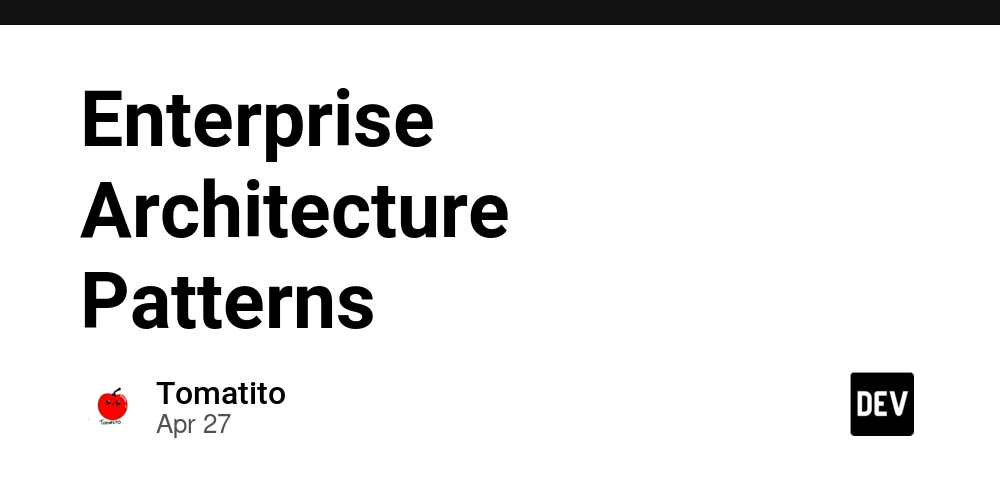
Enterprise Architecture Patterns
Concept
Enterprise Architecture (EA) patterns are reusable solutions to common design problems in the development of enterprise systems. They represent a set of principles, guidelines, and best practices that help organizations create and manage their IT infrastructure effectively.
What are Enterprise Architecture Patterns?
Enterprise Architecture patterns are predefined templates or models that represent an organization’s IT architecture.
- These patterns provide a structured approach to designing and implementing enterprise systems, and are reusable across different applications and projects.
- EA patterns are intended to simplify the complexity of enterprise architecture and reduce the time and effort required to create effective solutions.
Why are Enterprise Architecture Patterns Needed?
Enterprise Architecture patterns are essential because they offer a number of significant benefits to organizations.
- Firstly, they provide a standardized approach to system design, improving the consistency and quality of solutions.
- Secondly, they help organizations achieve more efficient use of resources by reusing existing patterns.
- Thirdly, they support the alignment of IT architecture with business objectives, enhancing the overall strategic effectiveness of the organization. ##### What Problems Do Enterprise Architecture Patterns Solve?
- Enterprise Architecture patterns solve a variety of common design problems faced by organizations.
- Help organizations create scalable and flexible systems that can adapt to changing business needs.
- Contribute to improving system reliability, security, and performance.
- facilitate the integration of disparate systems and technologies, making it easier to manage complex IT environments.
Some Popular Enterprise Architecture Patterns
There are many Enterprise Architecture patterns available, each addressing a specific design problem. Below are some of the most popular:
- Service-Oriented Architecture (SOA): Focuses on creating services that can be reused across multiple applications.
- Microservices Architecture: Breaks down applications into small, independently deployable services, similar to SOA.
- Event-Driven Architecture (EDA): Centers on the production, detection, and consumption of events to trigger business processes.
- Layered Architecture: Organizes applications into a set of logical layers that work together to deliver functionality.
- Big Data Architecture: Manages and processes large volumes of data in real time.
Combining Enterprise Architecture Patterns
Enterprise Architecture patterns can be combined to create more complex and tailored solutions. For example, it is possible to combine SOA with EDA to create an event-driven SOA, or to integrate Microservices Architecture with Layered Architecture to achieve scalable and flexible systems. Combining patterns allows organizations to create customized solutions that perfectly fit their specific needs.
Detailed Architectural and Design Patterns
Once you understand the combination of enterprise architecture patterns, it's important to delve into more specific patterns that guide the technical construction of applications. These design and architectural patterns cover aspects such as web presentation, data distribution, business logic, session state management, and data persistence. Below, we describe some of the most commonly used patterns in the development of modern enterprise systems, which can help structure applications in an efficient, flexible, and scalable manner.
These patterns are applied to solve common problems that arise in the development of complex systems, such as managing user interaction, separating responsibilities, efficiently distributing data, and improving consistency and performance in distributed systems. By understanding and using these patterns appropriately, organizations can optimize their applications, reduce complexity, and facilitate long-term maintenance.
Web Presentation Patterns
- Model View Controller > Splits user interface interaction into three distinct roles.
- Page Controller > An object that handles a request for a specific page or action on a Web site.
- Front Controller >A controller that handles all requests for a Web site.
- Template View >Renders information into HTML by embedding markers in an HTML page.
- Transform View >A view that processes domain data element by element and transforms it into HTML.
- Two Step View >Turns domain data into HTML in two steps: first by forming some kind of logical page, then rendering the logical page into HTML.
- Application Controller >A centralized point for handling screen navigation and the flow of an application.
Distribution Patterns
- Remote Facade > Provides a coarse-grained facade on fine-grained objects to improve efficiency over a network.
- Data Transfer Object > An object that carries data between processes in order to reduce the number of method calls.
Offline Concurrency Patterns
- Optimistic Offline Lock > Prevents conflicts between concurrent business transactions by detecting a conflict and rolling back the transaction.
- Pessimistic Offline Lock > Prevents conflicts between concurrent business transactions by allowing only one business transaction at a time to access data.
- Coarse-Grained Lock > Locks a set of related objects with a single lock.
- Implicit Lock > Allows framework or layer supertype code to acquire offline locks.
Session State Patterns
- Client Session State > Stores session state on the client.
- Server Session State > Keeps the session state on a server system in a serialized form.
- Database Session State > Stores session data as committed data in the database.
Base Patterns
- Gateway >An object that encapsulates access to an external system or resource.
- Mapper >An object that sets up a communication between two independent objects.
- Layer Supertype >A type that acts as the supertype for all types in its layer.
- Separated Interface >Defines an interface in a separate package from its implementation.
- Registry >A well-known object that other objects can use to find common objects and services.
- Value Object >A small simple object, like money or a date range, whose equality isn't based on identity.
- Money >Represents a monetary value.
- Special Case >A subclass that provides special behavior for particular cases.
- Plugin >Links classes during configuration rather than compilation.
- Service Stub >Removes dependence upon problematic services during testing. WSDL
- Record Set >An in-memory representation of tabular data.
Domain Logic Patterns
- Transaction Script >Organizes business logic by procedures where each procedure handles a single request from the presentation.
- Domain Model >An object model of the domain that incorporates both behavior and data.
- Table Module >A single instance that handles the business logic for all rows in a database table or view.
- Service Layer >Defines an application's boundary with a layer of services that establishes a set of available operations and coordinates the application's response in each operation.
Data Source Architectural Patterns
- Table Data Gateway >An object that acts as a Gateway (466) to a database table. One instance handles all the rows in the table.
- Row Data Gateway >An object that acts as a Gateway (466) to a single record in a data source. There is one instance per row.
- Active Record >An object that wraps a row in a database table or view, encapsulates the database access, and adds domain logic on that data.
- Data Mapper >A layer of Mappers (473) that moves data between objects and a database while keeping them independent of each other and the mapper itself.
Object-Relational Behavioral Patterns
- Unit of Work >Maintains a list of objects affected by a business transaction and coordinates the writing out of changes and the resolution of concurrency problems.
- Identity Map > Ensures that each object gets loaded only once by keeping every loaded object in a map. Looks up objects using the map when referring to them.
- Lazy Load >An object that doesn't contain all of the data you need but knows how to get it.
Object-Relational Structural Patterns
- Identity Field >Saves a database ID field in an object to maintain identity between an in-memory object and a database row.
- Foreign Key Mapping >Maps an association between objects to a foreign key reference between tables.
- Association Table Mapping >Saves an association as a table with foreign keys to the tables that are linked by the association.
- Dependent Mapping > Has one class perform the database mapping for a child class.
- Embedded Value >Maps an object into several fields of another object's table.
- Serialized LOB >Saves a graph of objects by serializing them into a single large object (LOB), which it stores in a database field.
- Single Table Inheritance >Represents an inheritance hierarchy of classes as a single table that has columns for all the fields of the various classes.
- Class Table Inheritance >Represents an inheritance hierarchy of classes with one table for each class.
- Concrete Table Inheritance >Represents an inheritance hierarchy of classes with one table per concrete class in the hierarchy.
- Inheritance Mappers >A structure to organize database mappers that handle inheritance hierarchies.
Object-Relational Metadata Mapping Patterns
- Metadata Mapping >Holds details of object-relational mapping in metadata.
- Query Object >An object that represents a database query.
- Repository >Mediates between the domain and data mapping layers using a collection-like interface for accessing domain objects.
Medio de Publicacion DEV
https://dev.to/jose25upt/enterprise-architecture-patterns-l9c/edit
Github y Automatizacion:
https://github.com/Jose25UPT/Enterprise-Architecture-Patterns






























































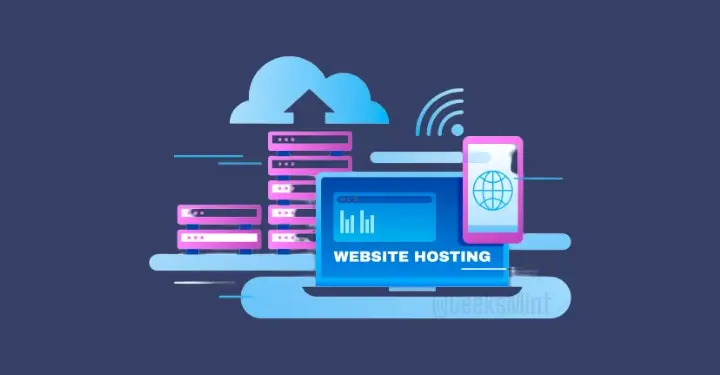



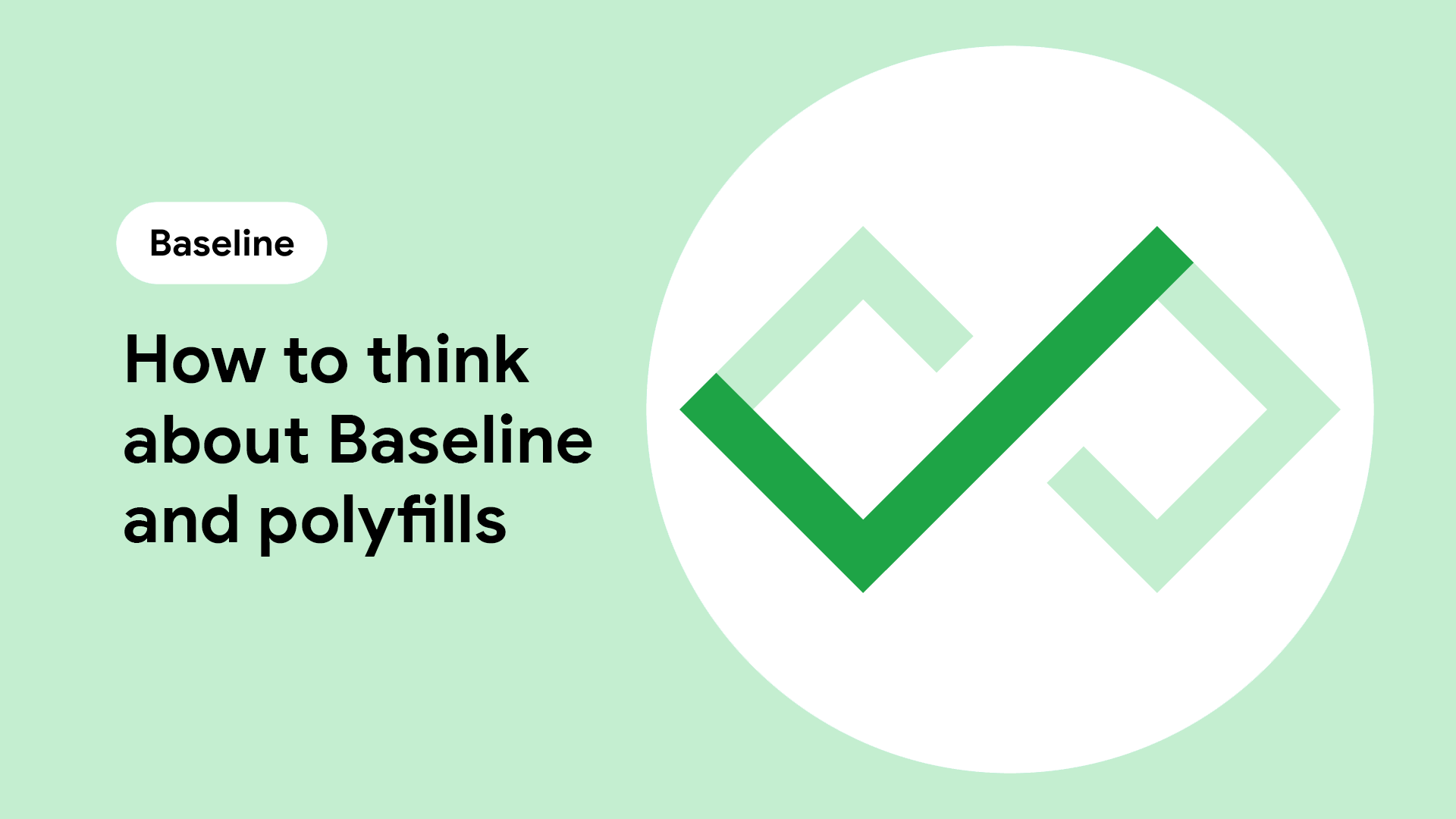




![Apple Smart Glasses Not Close to Being Ready as Meta Targets 2025 [Gurman]](https://www.iclarified.com/images/news/97139/97139/97139-640.jpg)
![iPadOS 19 May Introduce Menu Bar, iOS 19 to Support External Displays [Rumor]](https://www.iclarified.com/images/news/97137/97137/97137-640.jpg)

![Apple Drops New Immersive Adventure Episode for Vision Pro: 'Hill Climb' [Video]](https://www.iclarified.com/images/news/97133/97133/97133-640.jpg)






































































































 CISO’s Core Focus.webp?#)


_Olekcii_Mach_Alamy.jpg?width=1280&auto=webp&quality=80&disable=upscale#)























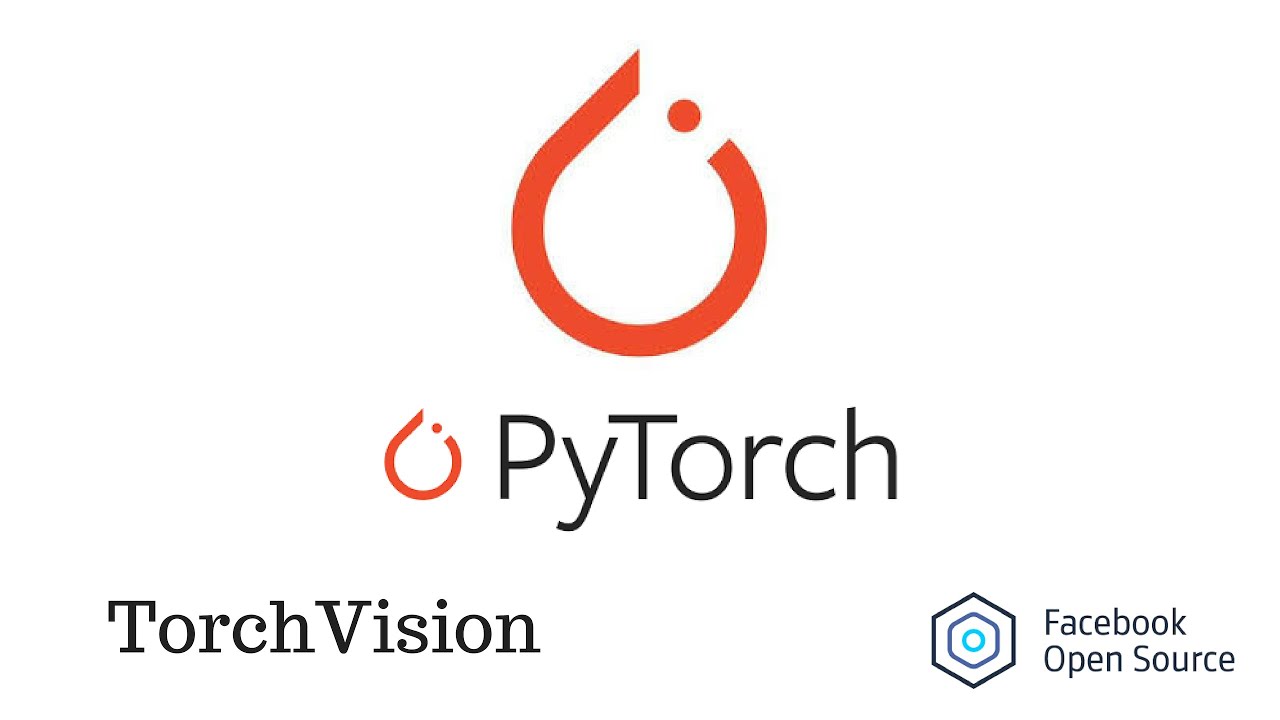











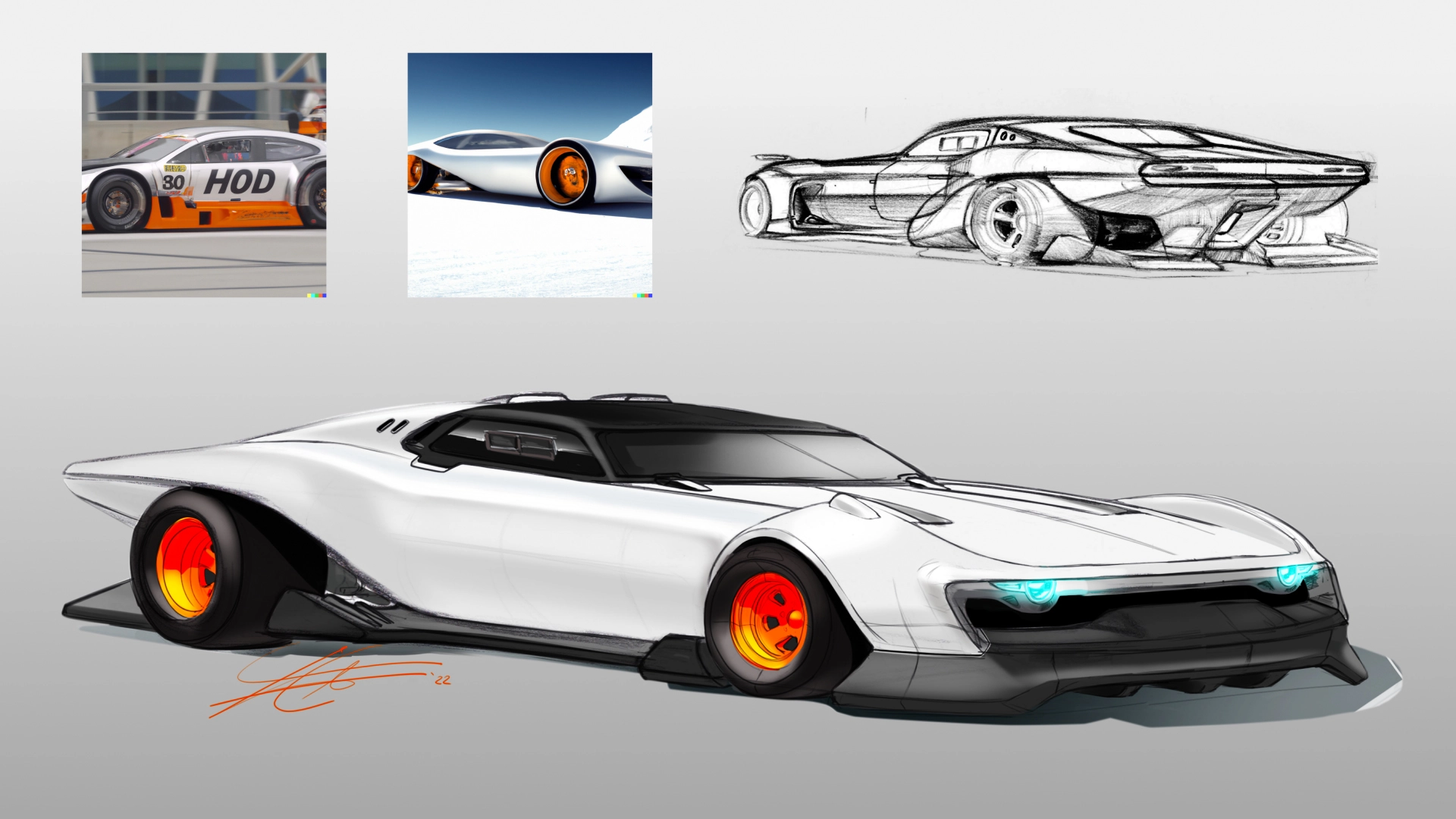











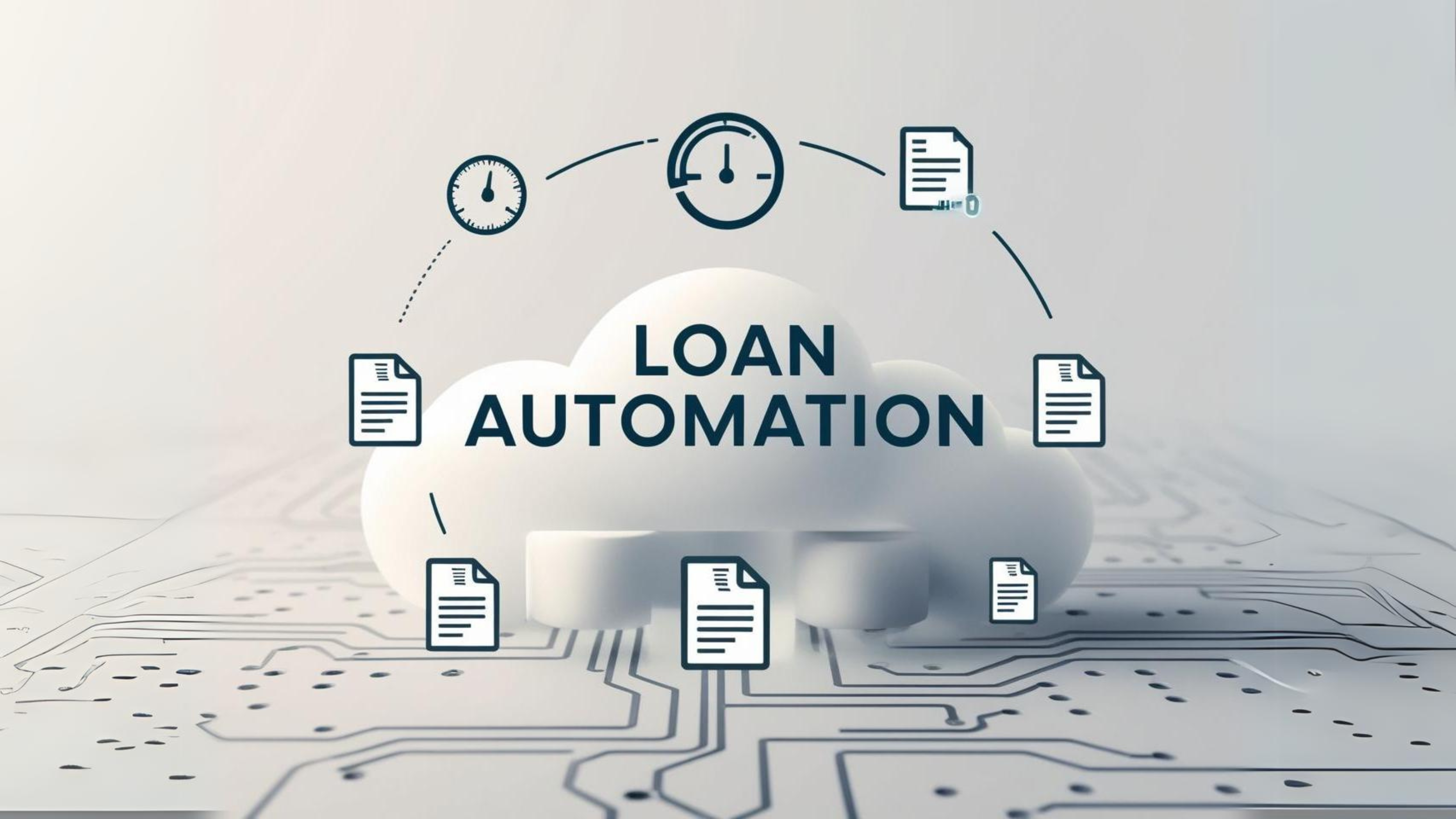



































































![[The AI Show Episode 144]: ChatGPT’s New Memory, Shopify CEO’s Leaked “AI First” Memo, Google Cloud Next Releases, o3 and o4-mini Coming Soon & Llama 4’s Rocky Launch](https://www.marketingaiinstitute.com/hubfs/ep%20144%20cover.png)











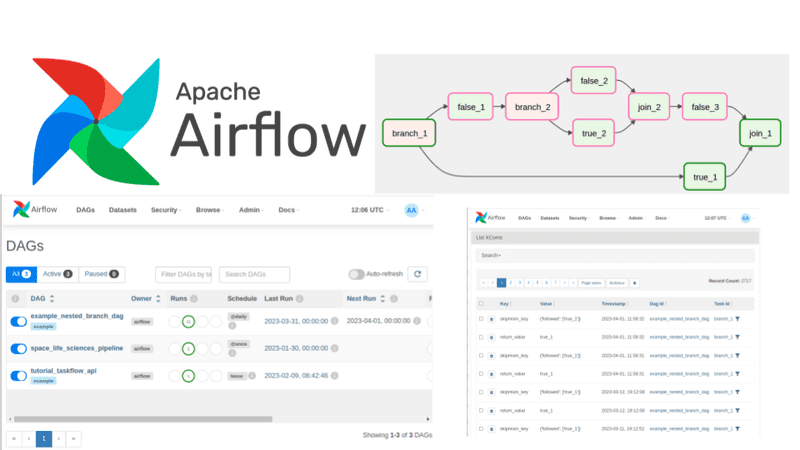



































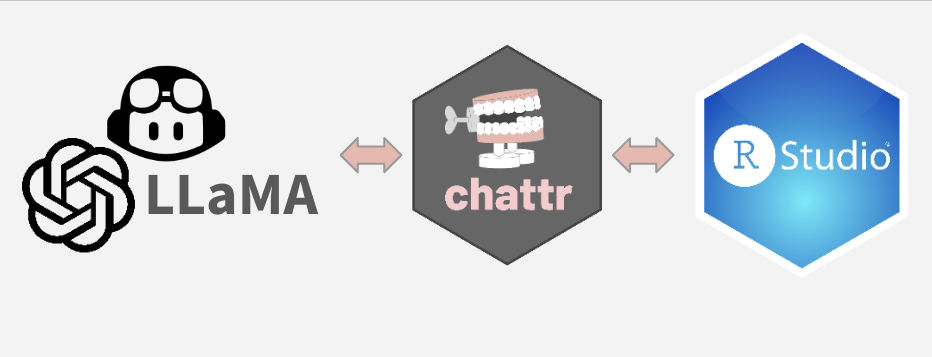
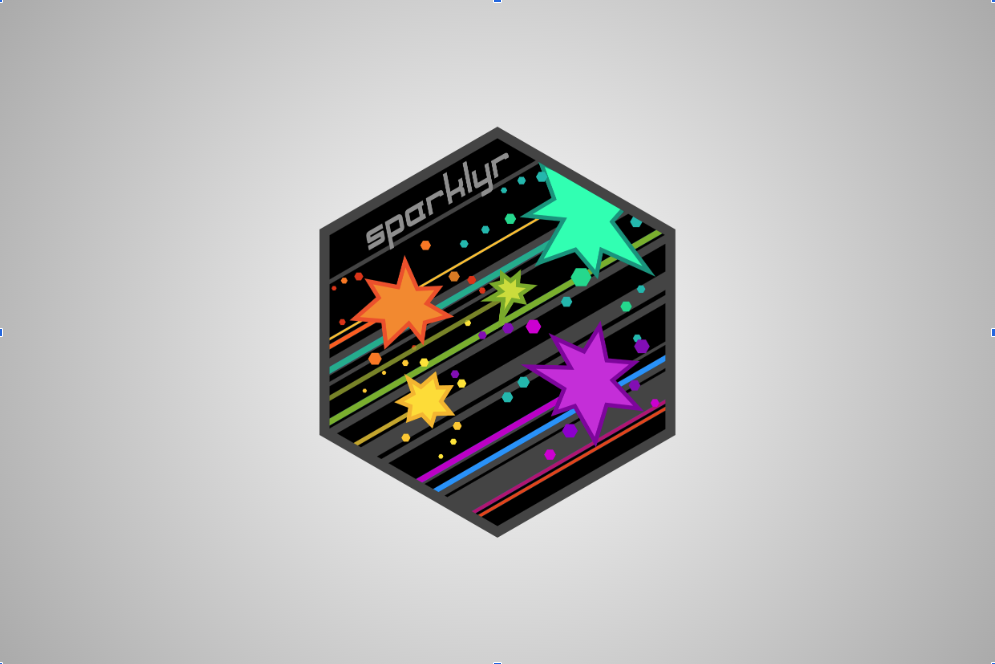





































































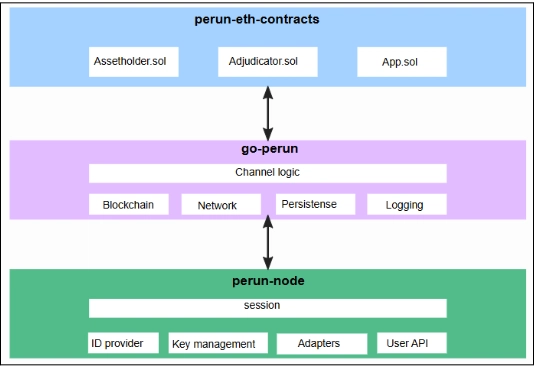














































![[DEALS] Koofr Cloud Storage: Lifetime Subscription (1TB) (80% off) & Other Deals Up To 98% Off – Offers End Soon!](https://www.javacodegeeks.com/wp-content/uploads/2012/12/jcg-logo.jpg)



























-The-Elder-Scrolls-IV-Oblivion-Remastered---Official-Reveal-00-18-14.png?width=1920&height=1920&fit=bounds&quality=70&format=jpg&auto=webp#)




























































.jpg?width=1920&height=1920&fit=bounds&quality=70&format=jpg&auto=webp#)





